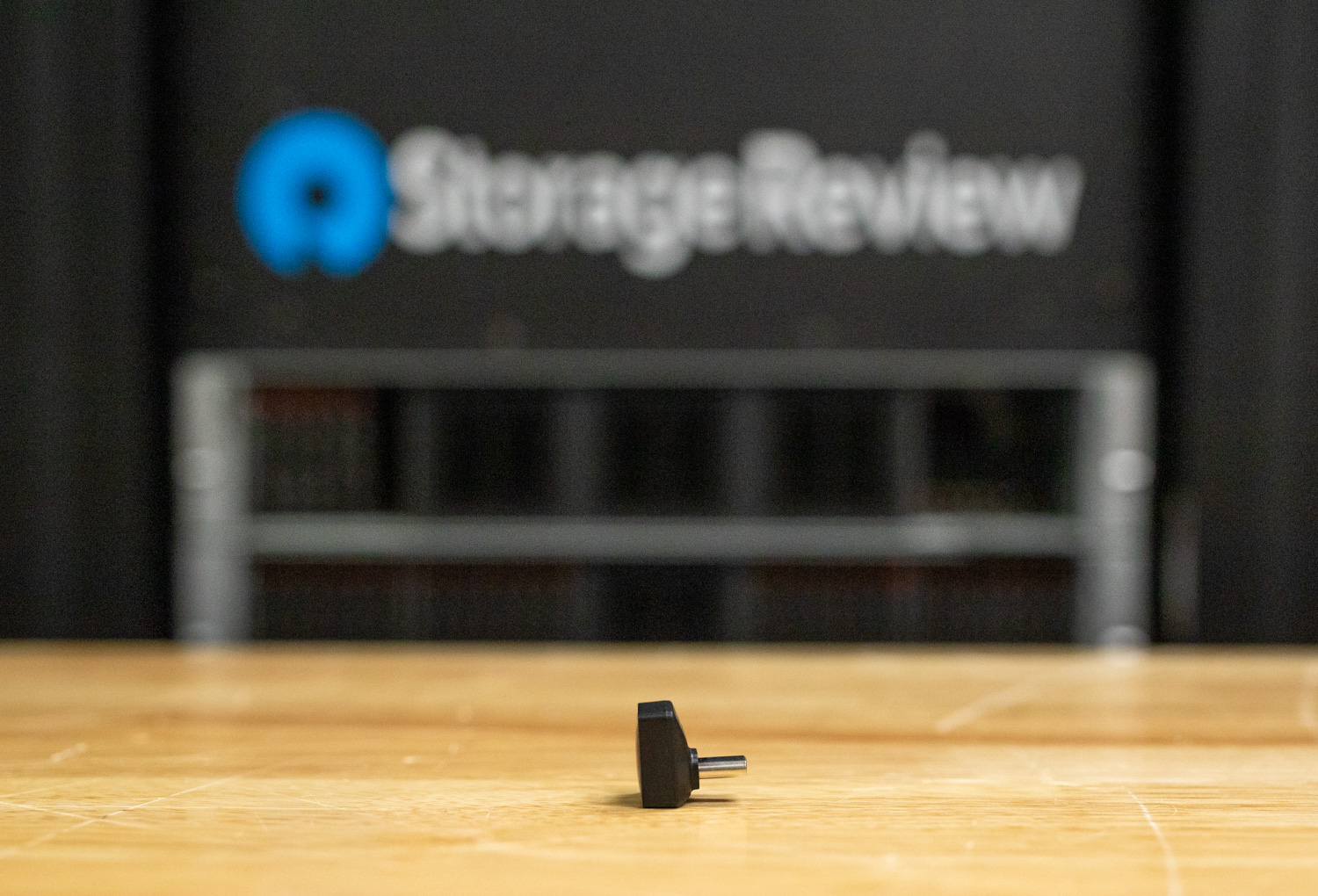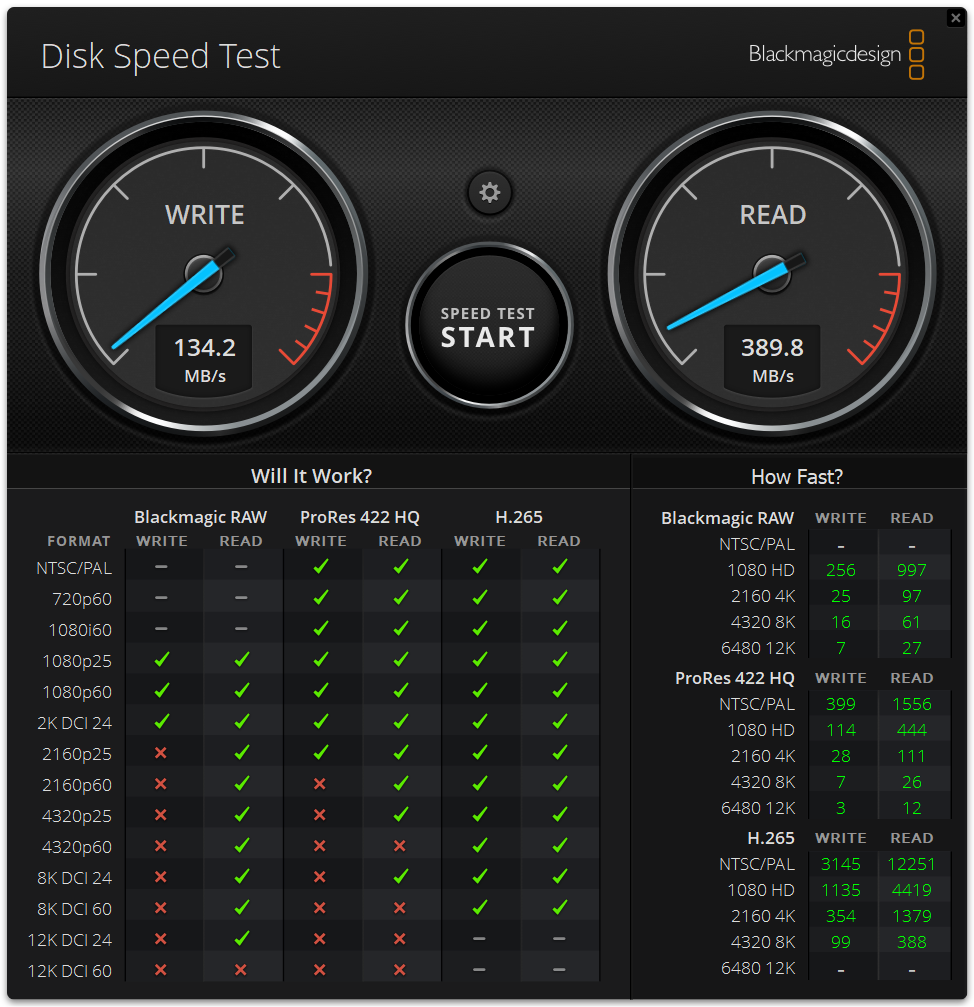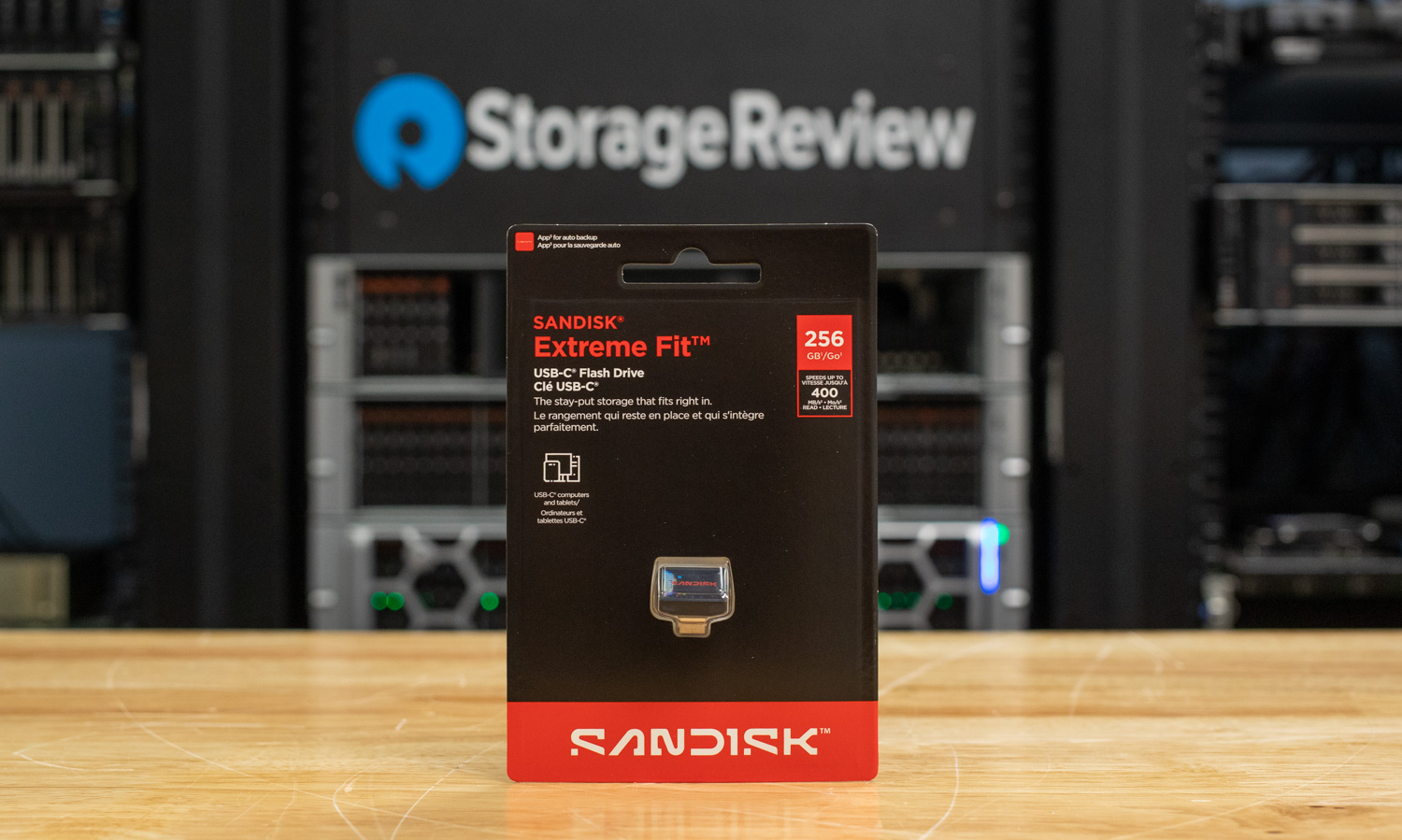The SanDisk Extreme Fit USB-C Flash Drive is built for users who want compact, portable storage without the bulk of a typical external drive. It comes in capacities from 64GB to 1TB and works with any device with a USB-C port, including laptops, tablets, and iPads. The 256GB model falls right in the middle of the lineup and offers a good balance of capacity and cost, making it a practical option for things like offloading media, storing work files, or expanding limited storage on your device.

This drive is rated with read speeds up to 400MB/s for models 128GB and up, which can be fast enough for everyday use like copying 4K video, moving larger files between systems, or running media directly from the stick. However, it’s important to note that it uses USB 3.2 Gen 1, not Gen 2, so peak performance is limited to 5 Gbps.
While that’s still quick for most users, it does place this drive in a different class from higher-end USB-C storage options that can reach double that bandwidth. Additionally, SanDisk doesn’t list write speeds, which typically suggests they’re much lower than read speeds, especially during longer transfers. So, if you’re frequently writing large files or working with data-intensive workflows, that’s something to keep in mind.

For those who like to manage their backups, the included support for SanDisk’s Memory Zone app on macOS and Windows makes it easy to organize and protect files.
SanDisk Extreme Fit Pricing and Warranty
Backed by a limited 5-year warranty, the SanDisk Extreme Fit USB-C Flash Drive is available in capacities of 64GB, 128GB, 256GB ($40), 512GB ($78), and 1TB ($155). We will be reviewing the 256GB model.
SanDisk Extreme Fit Specifications
| Specification | Details |
| Model Number | SDCZ530-256G-G46 (256GB model) |
| Capacity | 64GB, 128GB, 256GB, 512GB, 1TB |
| Interface | USB 3.2 Gen 1 (5 Gbps) |
| Connector | USB-C |
| Sequential Read Speed | Up to 400MB/s |
| Dimensions (L x W x H) | 18.5mm x 15.7mm x 13.6mm |
| Weight | 3 grams |
| Operating Temperature | 0°C to 45°C (32°F to 113°F) |
| Storage Temperature | -10°C to 70°C (14°F to 158°F) |
| OS Compatibility | iPadOS 15+, macOS 12+, Windows 10+ |
| App Support | SanDisk Memory Zone (macOS 10.15+, Windows 10/11) |
| Warranty | 5-Year Limited Warranty |
SanDisk Extreme Fit Design and Build
Measuring just 18.5mm long and weighing 3 grams, the Extreme Fit is one of the more compact flash drives in this category and is small enough to leave plugged in without getting in the way. It sits nearly flush with the edge of most USB-C ports, which is ideal for ultrabooks or tablets with limited space. This is great if you often travel with your laptop.

The casing itself is plastic, and while there’s no metal shell for extra durability, it feels solid enough for regular use. The drive’s face features a glossy, slightly domed window with a stylized SanDisk logo printed in red, which stands out clearly against a nice background pattern. There’s no LED indicator for activity, which some users might miss.

There’s also no protective cap or sliding mechanism. This helps keep the footprint small, but also means the USB-C connector is constantly exposed. That’s something to be aware of if you’re throwing it into a crowded bag or pocket where debris or dust could cause an issue.
SanDisk Extreme Fit Performance
Blackmagic Disk Speed Test
First up is the Blackmagic Disk Speed Test, which measures a drive’s sequential read and write performance. This makes it ideal for assessing how well the drive handles large file transfers and continuous data streams.

Here, the SanDisk Extreme Fit hit 389.8MB/s read and 134.2MB/s write.
This is close to its advertised maximum of 400MB/s read, though write performance is where it shows its limitations. At just over 134MB/s, it falls well short of what you’d see from a portable SSD or a USB 3.2 Gen 2 flash drive; however, this is typical for USB 3.2 Gen 1 drives in this class. So, for general use like loading media, moving documents, or working with image files directly from the drive, it’s more than fast enough. Just don’t expect it to handle large, sustained writes like a high-performance drive would.
Blackmagic primarily reflects sequential performance, so we’ll also be using IOMeter to gauge how well the drive handles more varied, real-world workloads.
IOMeter 1 Queue
The single-queued IOMeter test examines sequential and random read/write performance under a lighter load. The speeds are often close to those in the Blackmagic test on the Sequential 2MB read and write portions, but we should see some differences in the 4-threaded portion.
Here, the new SanDisk Extreme Fit reached 176.72MB/s in sequential write and 394.49MB/s in sequential read. In random 2MB performance, the SanDisk Extreme Fit posted just 72.53MB/s write, while reads were a bit more consistent at 276.6MB/s.
Looking at a random 4K performance, it reached 775 IOPS and 2,190 IOPS for writes and reads, respectively.
IOMeter 4 Queue
The 4-queue IOMeter test gives a better sense of how the SanDisk Extreme Fit handles multitasking and sustained workloads. Compared to its single-threaded performance, it showed ever-so slight improvements in sequential tasks, recording 396.31MB/s read and 179.14MB/s write. In Random 2MB, we also saw a modest performance improvement, with writes at 73.22MB/s and reads at 278.13MB/s.
Lastly, in random 4K performance, the SanDisk flash drive saw identical write performance of 775 IOPS, while reads were slightly lower than the 1-queue test at 2,188 IOPS.
Here’s a full breakdown of the IOMeter results for both single-threaded and 4-threaded tests:
| IOMeter Test | SanDisk Extreme Fit (1 queue) |
SanDisk Extreme Fit (4 queue) |
| Seq 2MB Write | 176.72MB/s | 179.14MB/s |
| Seq 2MB Read | 394.49MB/s | 396.31MB/s |
| Random 2MB Write | 72.53MB/s | 73.22MB/s |
| Random 2MB Read | 276.6MB/s | 278.13MB/s |
| Random 4K Write | 775 IOPS | 775 IOPS |
| Random 4K Read | 2,190 IOPS | 2,188 IOPS |
Conclusion
The SanDisk Extreme Fit USB-C Flash Drive is an appealing option for general users seeking a super-compact, affordable mobile storage solution. It comes very close to its rated read speeds and delivers consistent performance across common tasks like transferring media, launching documents, or expanding limited internal storage. The plug-and-stay form factor is ideal for laptops, tablets, and other space-conscious devices that prefer a small, unobtrusive drive.

While it doesn’t deliver the speed or durability of a USB 3.2 Gen 2 drive or portable SSD, it’s not really intended for users who need that level of performance. Write speeds ranged between 130MB/s and 180MB/s in testing, which is about what you’d expect from a USB 3.2 Gen 1 flash drive. As long as you’re not relying on it for large, sustained write operations or heavy-duty backups, it performs reliably in day-to-day use. Some may miss features like an activity LED or a cap to protect the connector, but these were likely sacrificed to keep the design as compact as possible.
For users looking for a low-profile, inexpensive flash drive that works across a wide range of devices, the SanDisk Extreme Fit USB-C is a solid pick. It’s best suited for media storage, document transfers, or light expansion needs where space is tight on your mobile device. With capacities ranging up to 1TB, broad OS compatibility, and a 5-year limited warranty, it offers a good mix of convenience and performance in a minimal footprint.




 Amazon
Amazon